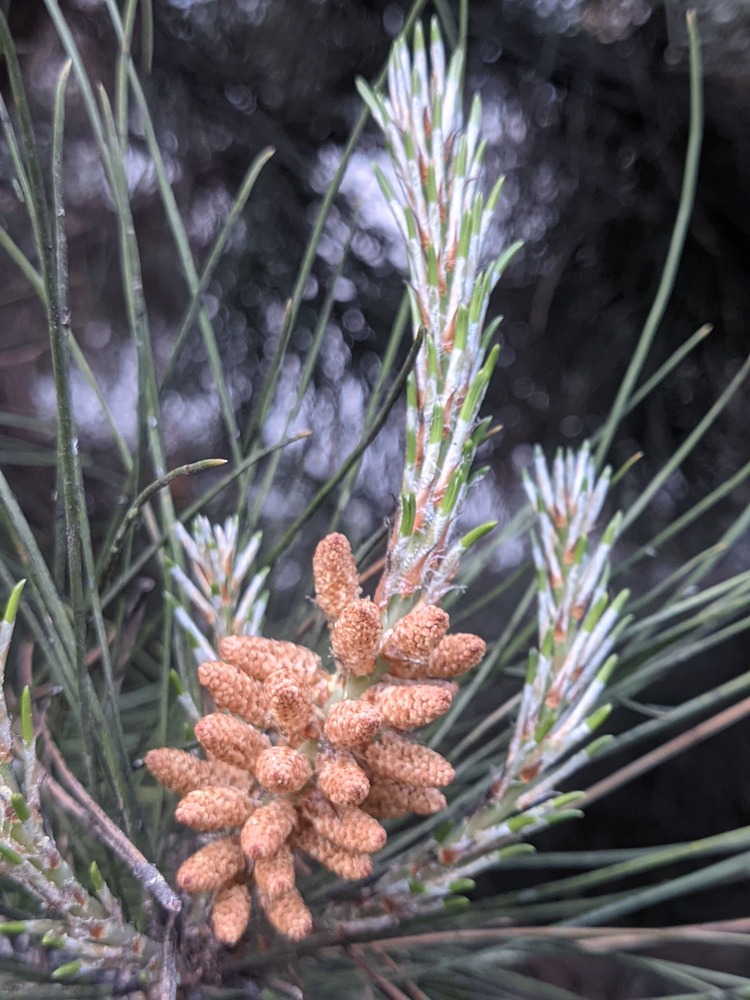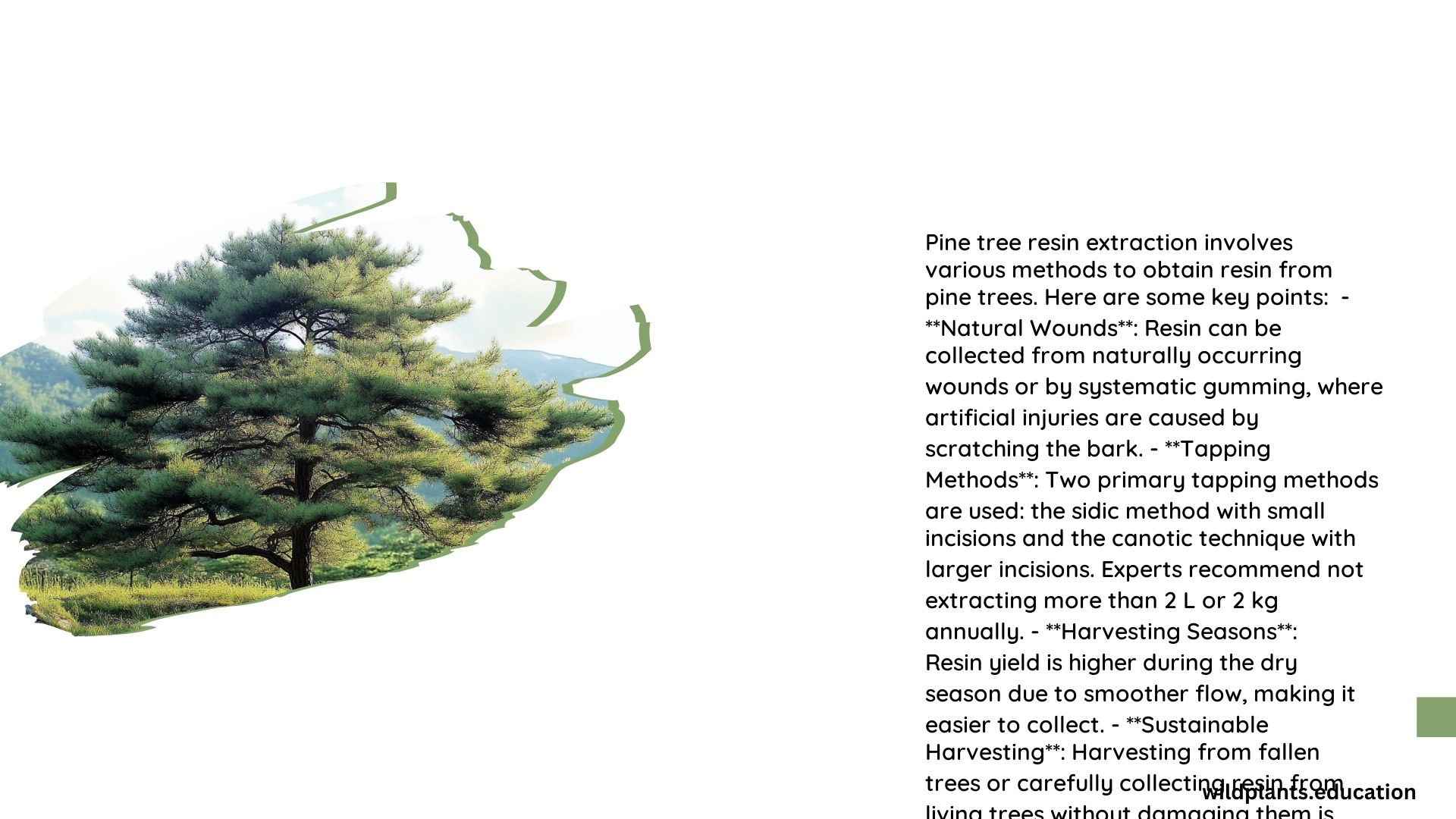Pine tree resin extraction is a fascinating and rewarding practice for wild plant enthusiasts. This comprehensive guide will walk you through the best season to tap a pine tree, the step-by-step process of collecting and processing the resin, and the various uses of this versatile natural resource.
What is the Best Season to Tap a Pine Tree for Resin Extraction?

The best season to tap a pine tree for resin extraction varies depending on the location and climate. However, generally, winter is considered the optimal time for harvesting pine resin. During the colder months, the resin is less sticky and viscous, making it easier to collect. Spring is also a good time, especially when the sap is rising. It’s important to avoid tapping during extreme weather conditions, such as heavy rain or intense heat, as these can affect the quality and quantity of the resin.
How to Collect and Process Pine Resin?

Step 1: Identify and Locate Resin
- Time: 10 minutes
- Tools: None
- Technique: Look for lines of resin running down the bark or lumps on the tree. Check the color and smell to ensure it is resin.
Step 2: Collect Resin
- Time: 30 minutes
- Tools: Chisel or knife
- Technique: Gently pry off the resin, taking care not to harm the tree. Avoid removing too much resin, as this can lead to infections.
Step 3: Clean the Resin
- Time: 1 hour
- Tools: Cloth, stone, pot, spoon, and bowl with cold water
- Technique: Place the resin in the pot and weigh it down with a stone. Heat the pot gently, then let it cool. Strain the resin through the cloth into the bowl with cold water to remove impurities.
What are the Uses of Pine Resin?
Glue
- Quantity: 1 part resin to 2 parts linseed oil
- Measurement: Mix the resin and oil in a beaker and heat until the resin dissolves. Let it cool and thicken to form a strong adhesive.
Salves
- Quantity: 1 tablespoon resin to 1 cup olive oil
- Measurement: Combine the resin and olive oil in a pan and gently warm. Strain out any debris and let it cool to form a medicinal salve.
Fire Starting
- Quantity: Varies
- Measurement: Use the resin as a fire starter by placing it on a tinder material and igniting it. The resin will help sustain the flame.
What are the Critical Details and Advanced Techniques for Pine Resin Extraction?
Sustainable Harvesting
Avoid taking resin directly from the wounded area of the tree. Instead, collect it from the bark where it has dripped down. This ensures the tree’s health and sustainability.
Resin Quality
Fresh resin is more effective for medicinal uses. Store it in an airtight container to preserve its properties.
Incense
Burn the resin on charcoal or in a kyphi solid incense for a nostalgic and aromatic experience.
Reference Links
- Tapping the Pine Tree… Plant Resins and their Uses – A comprehensive article on pine resin extraction, including the best season and techniques for collection.
- How to Resinate (clean Tree Resin) – A step-by-step guide to cleaning and processing pine resin, including tools and techniques.
- Natural Pine Resin Varnish – A forum discussion on using pine resin to create varnish, including the properties and uses of the varnish.
By following this guide, wild plant enthusiasts can effectively extract and utilize pine resin while ensuring the sustainability and health of the pine trees.
